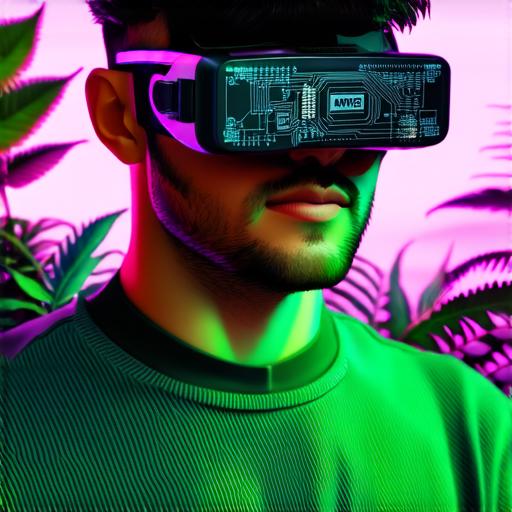
What are the responsibilities of a virtual reality developer?
Virtual reality (VR) technology is rapidly advancing and transforming various industries such as gaming, healthcare, education, and more. With this, virtual reality developers have become an essential part of these advancements.
1. Designing Virtual Environments
The primary responsibility of a VR developer is to design virtual environments that are engaging and immersive for users. They use various software tools and technologies such as 3D modeling, texturing, and animation to create realistic and interactive virtual worlds. They also work with other professionals such as game designers, artists, and engineers to ensure that the virtual environment aligns with the intended purpose.
2. Developing Virtual Reality Software
VR developers are responsible for developing software that enables users to interact with virtual environments. This includes creating user interfaces, input devices, and controllers. They also develop algorithms and AI systems that allow virtual environments to react to user actions in real-time. Moreover, they ensure that the software is optimized for various platforms such as VR headsets, mobile devices, and computers.
3. Testing and Debugging Virtual Reality Applications

Virtual reality applications require rigorous testing and debugging to ensure that they are functioning correctly and providing a seamless user experience. VR developers work closely with QA teams to identify and fix bugs, glitches, and other issues that may arise in the virtual environment. They also perform usability testing to ensure that the virtual environment is easy to use and navigate.
4. Maintaining Virtual Reality Systems
Virtual reality systems require regular maintenance to ensure that they are functioning correctly and providing a smooth user experience. VR developers work with system administrators to monitor and maintain virtual reality systems, troubleshoot issues, and perform upgrades and patches as necessary. They also ensure that the systems comply with security protocols and data protection regulations.
5. Collaborating with Teams
Virtual reality development requires collaboration among various teams such as designers, artists, engineers, and QA testers. VR developers work closely with these teams to ensure that the virtual environment aligns with the intended purpose and provides an engaging and immersive user experience. They also communicate with stakeholders such as project managers and executives to ensure that the project stays on track and within budget.
6. Staying Up-to-Date with Technology Advancements
Virtual reality technology is constantly evolving, and VR developers need to stay up-to-date with these advancements to remain competitive in the industry. They attend conferences, read industry publications, and participate in online forums to learn about new technologies and trends. They also experiment with new tools and techniques to improve their skills and create innovative virtual environments.
Case Study: Oculus VR Developers
Oculus VR is one of the leading companies in the virtual reality industry. Their developers are responsible for creating some of the most popular VR applications such as Beat Saber, Half-Life: Alyx, and Elite Dangerous. These developers work closely with other teams such as designers, artists, and engineers to create engaging and immersive virtual environments. They also collaborate with stakeholders to ensure that their projects stay on track and within budget. Additionally, they stay up-to-date with the latest technologies and trends in the industry to create innovative VR applications.


